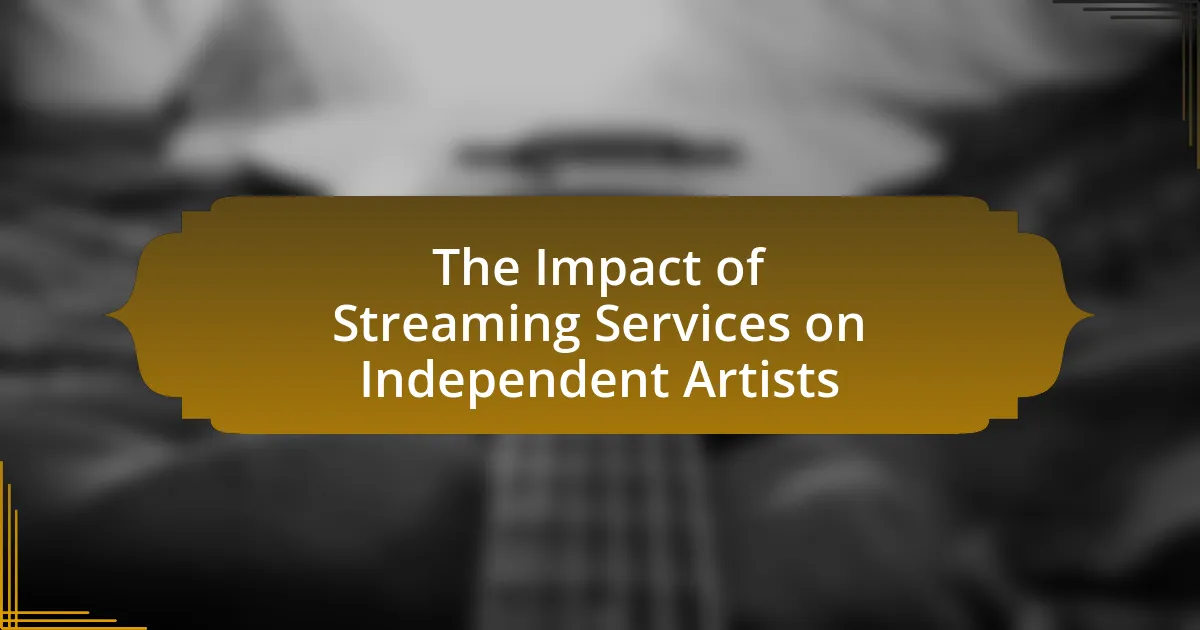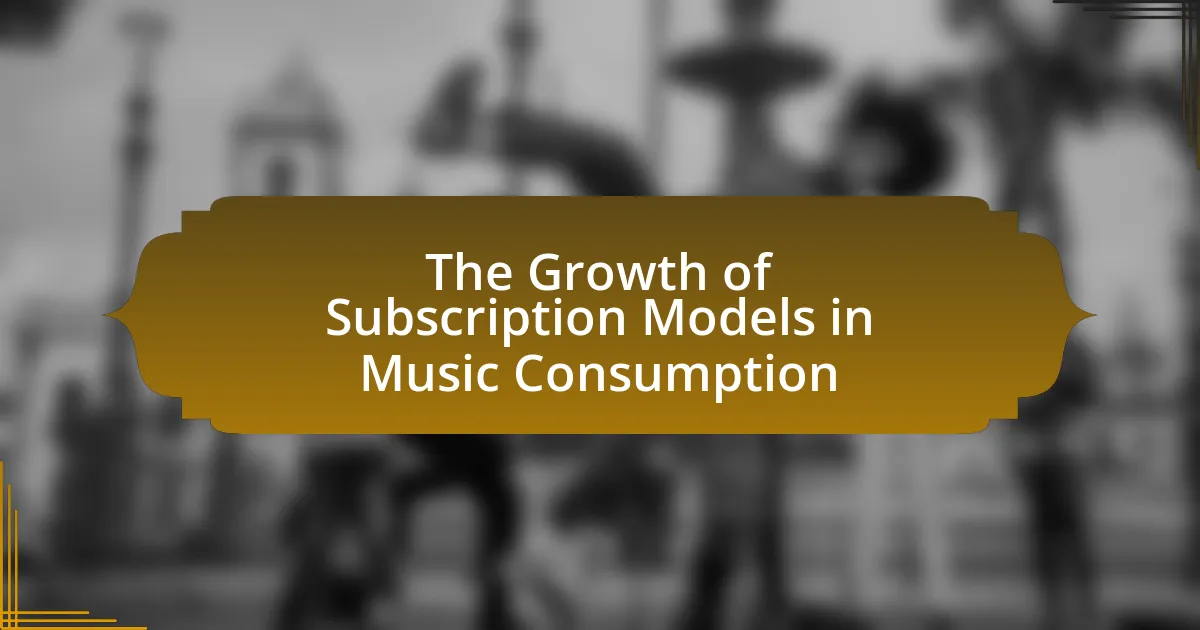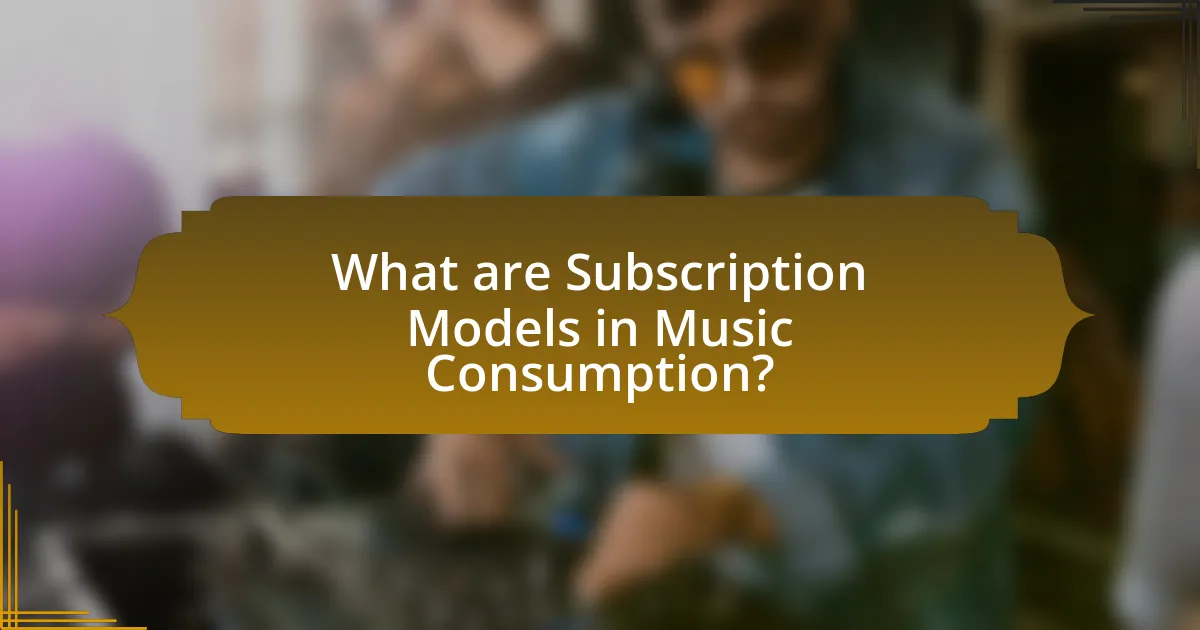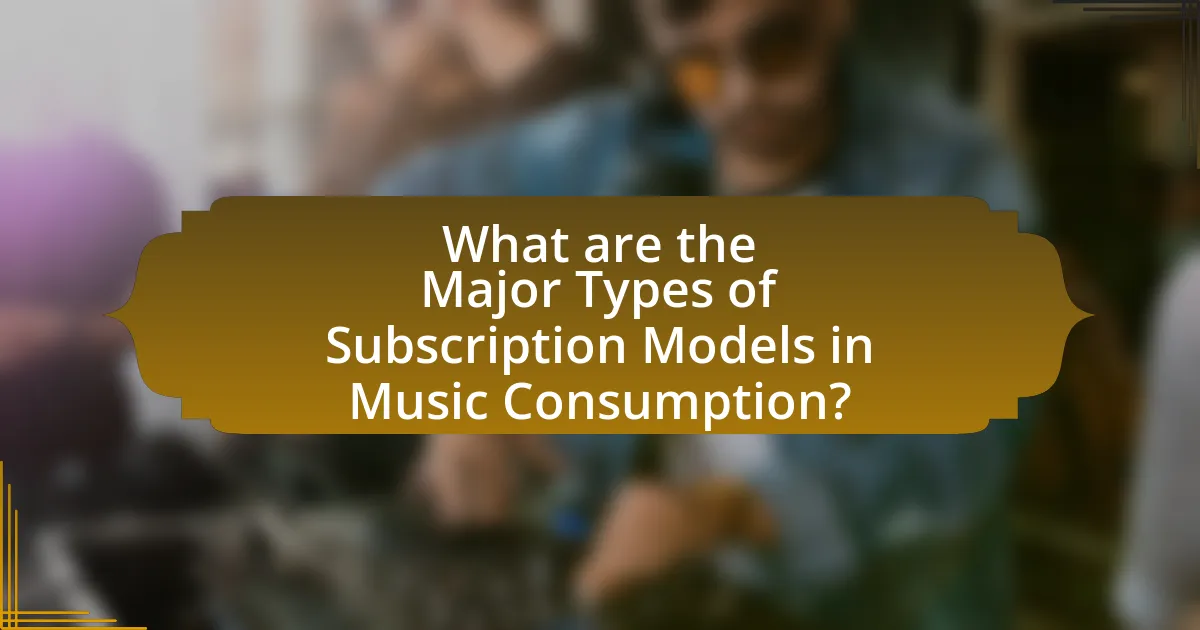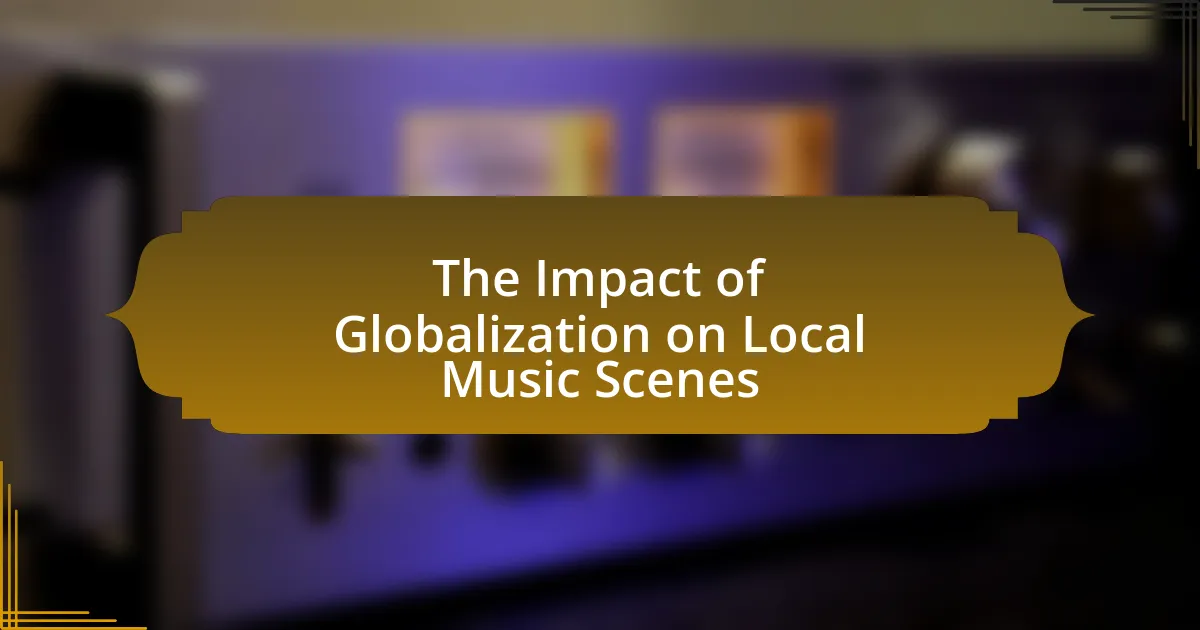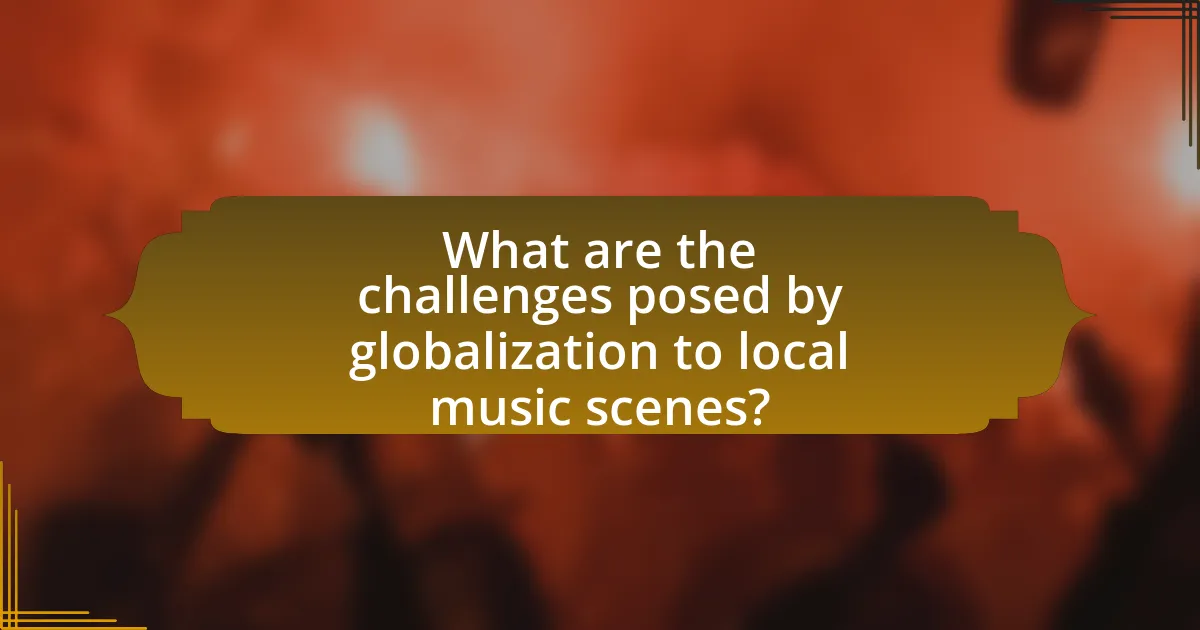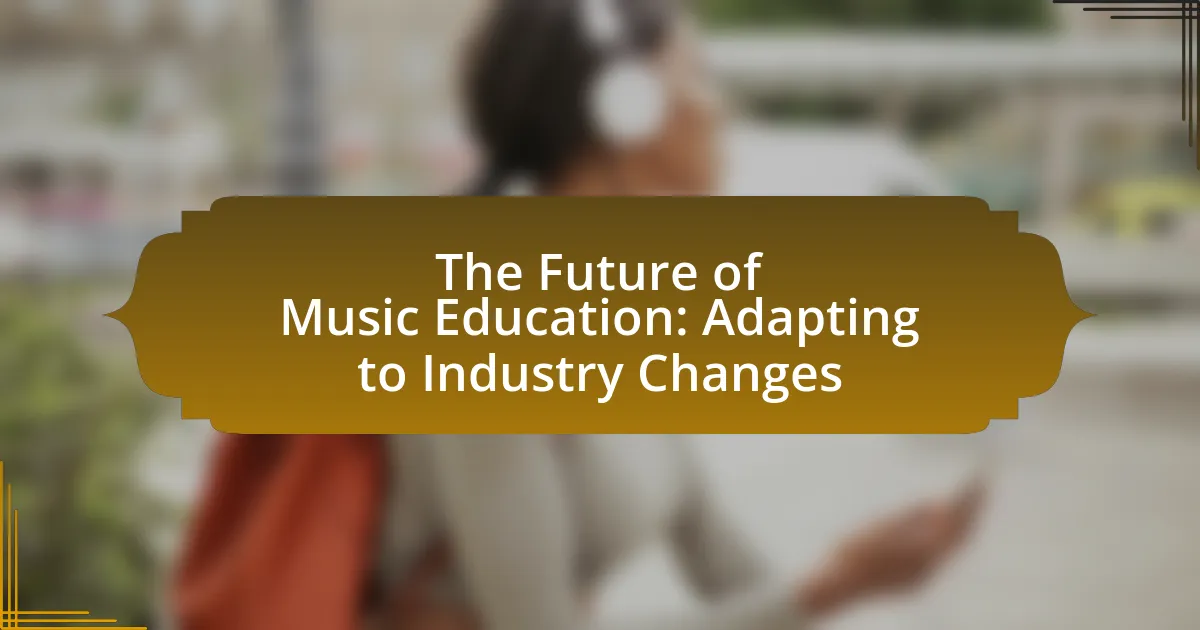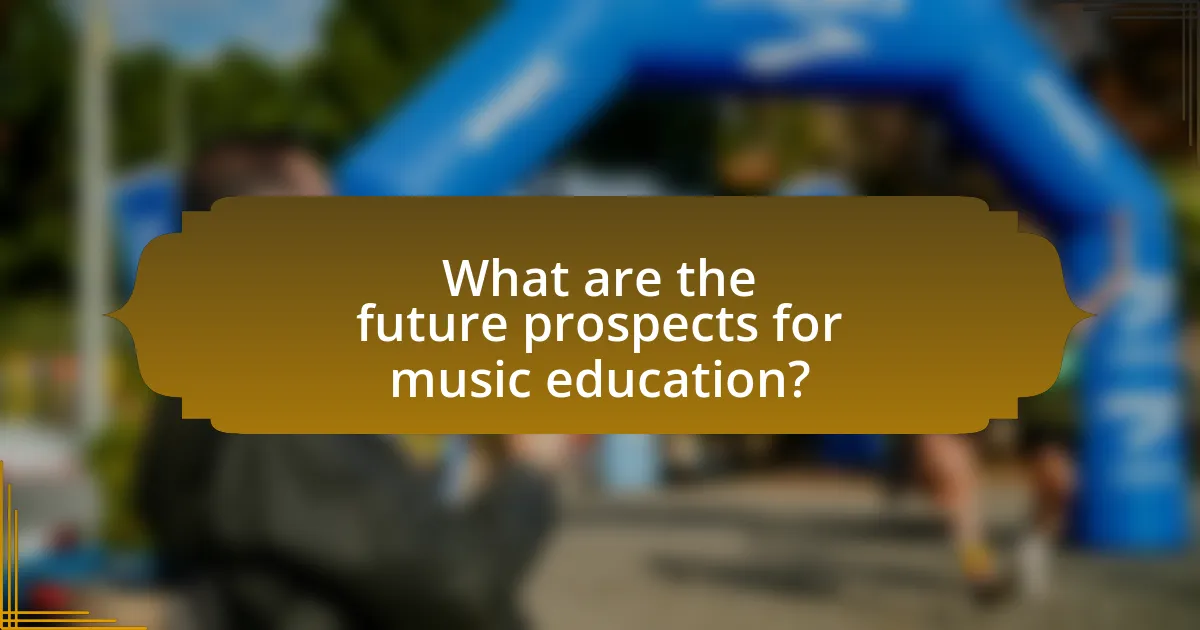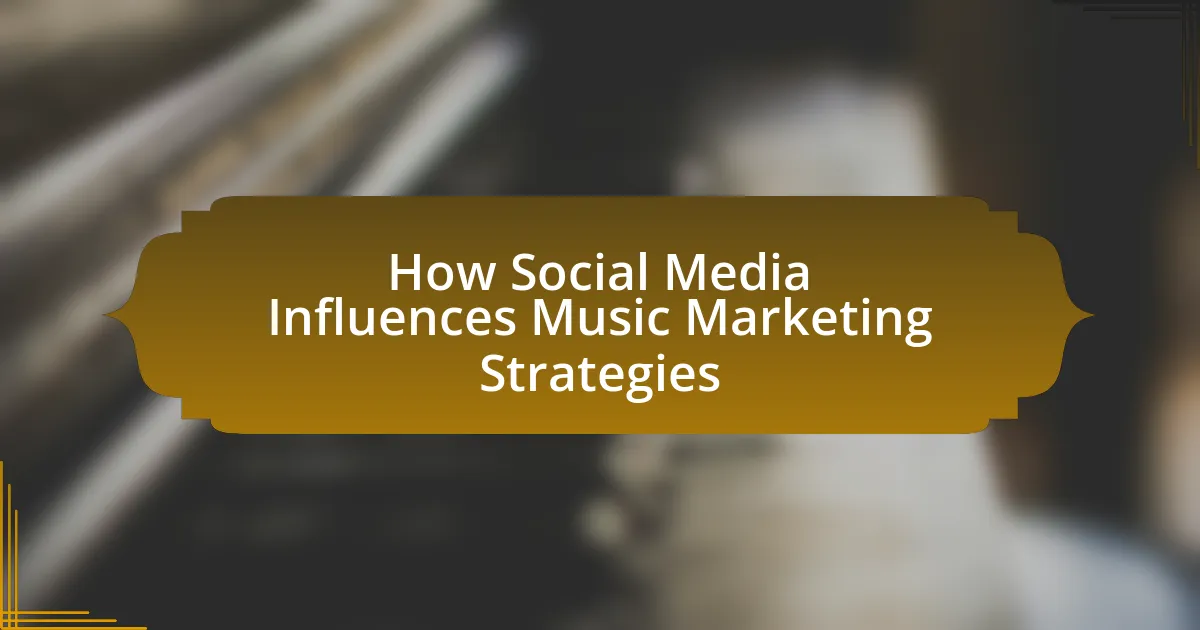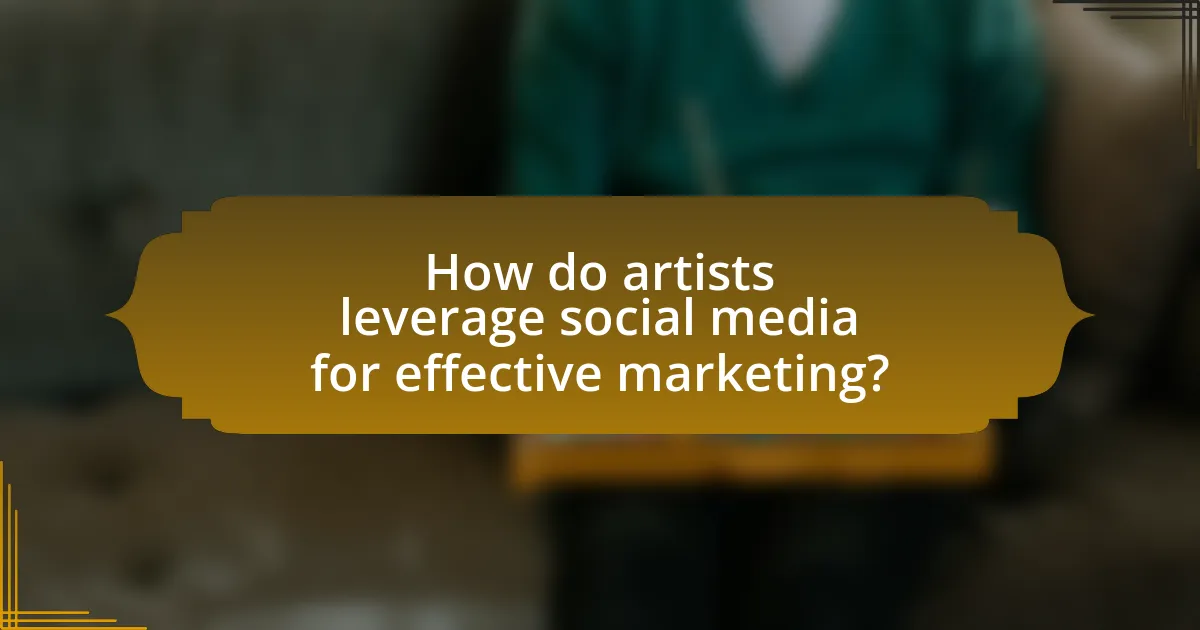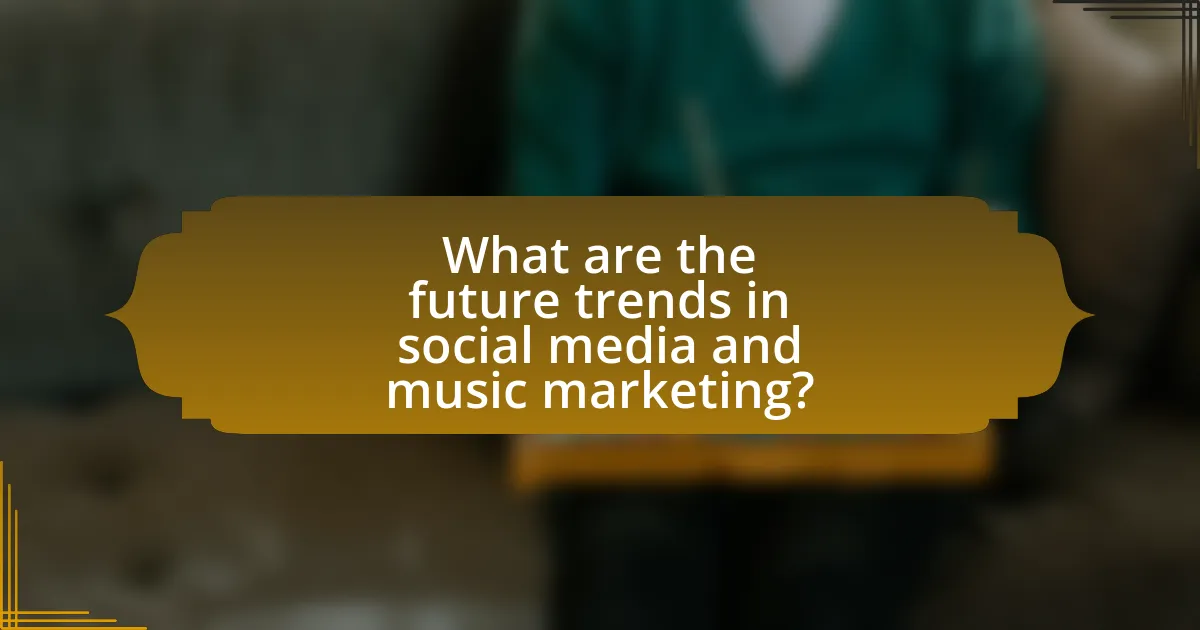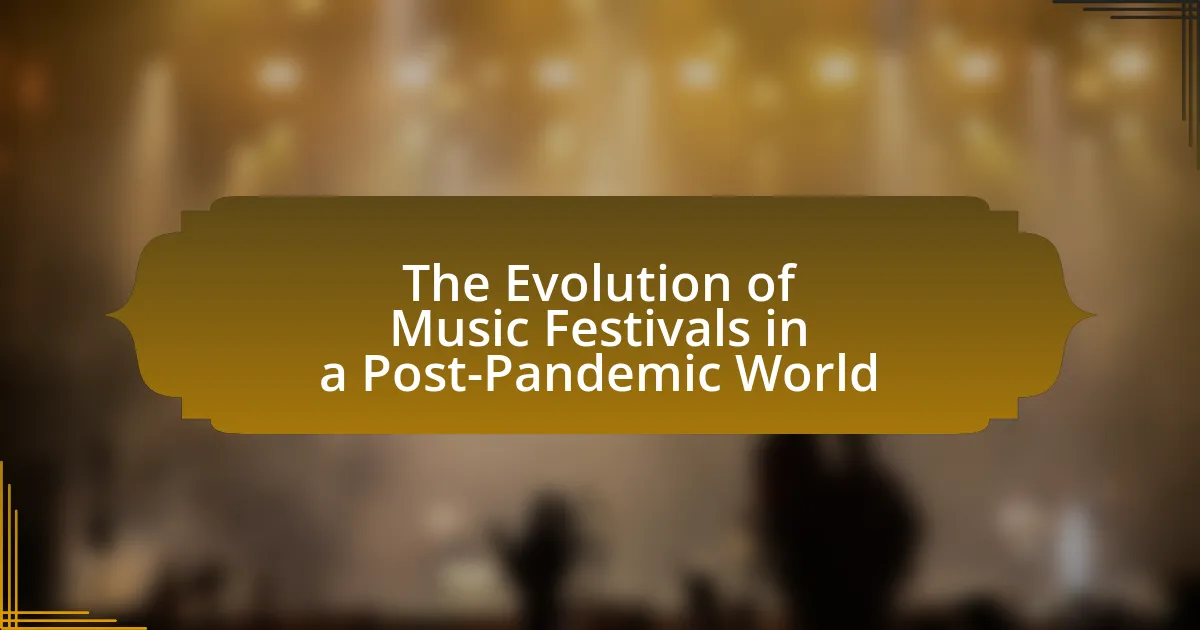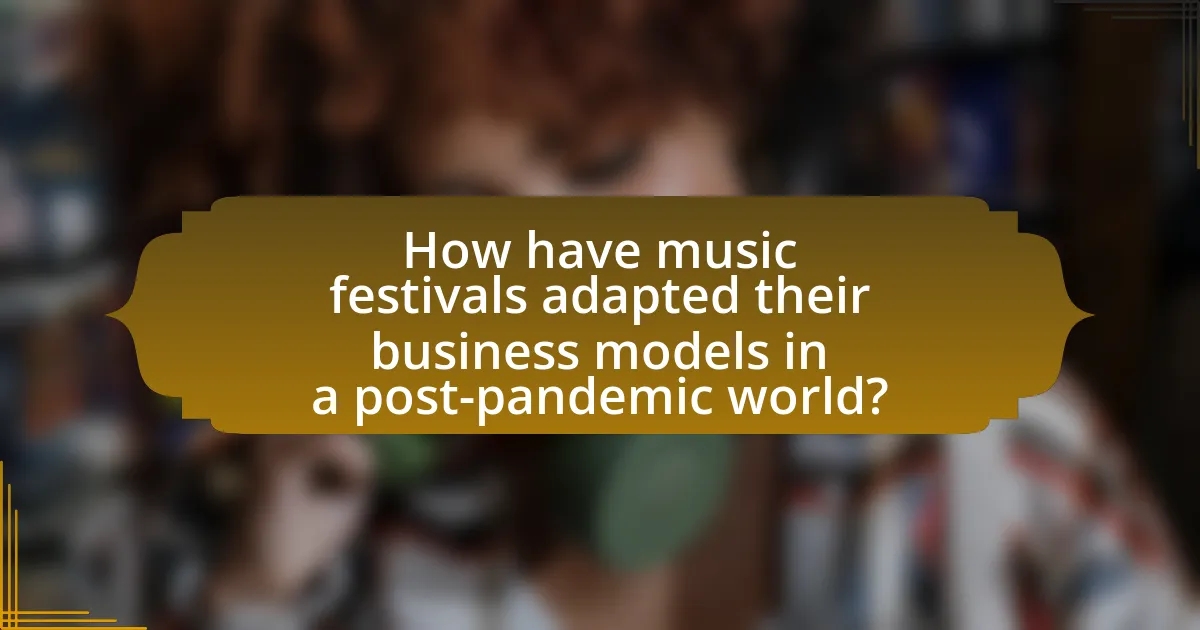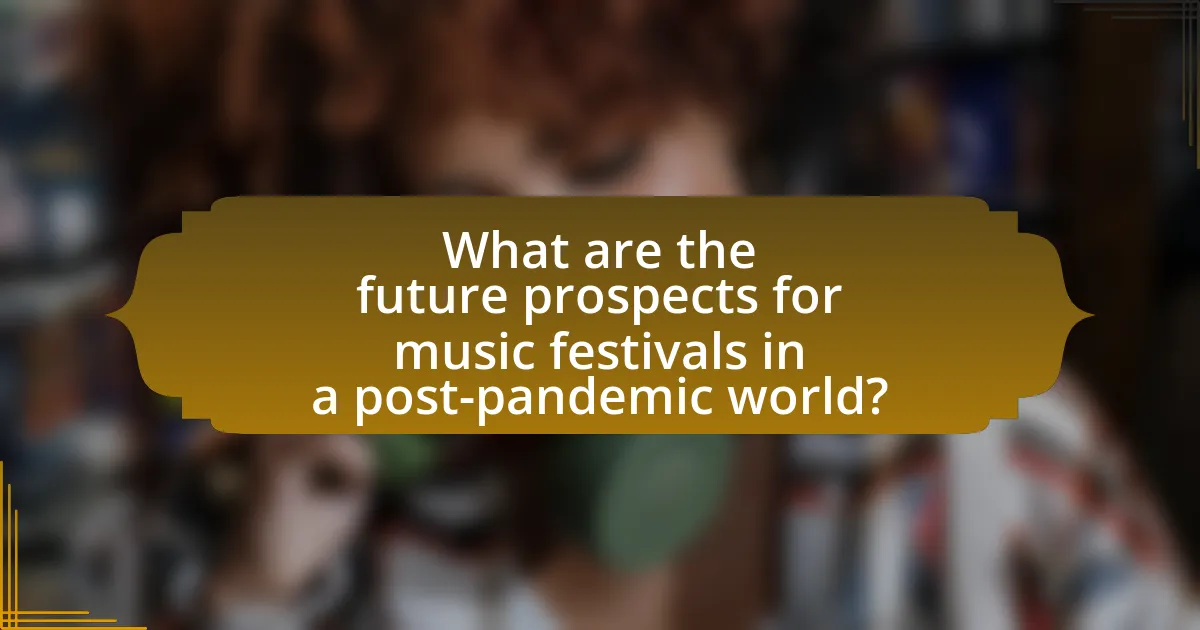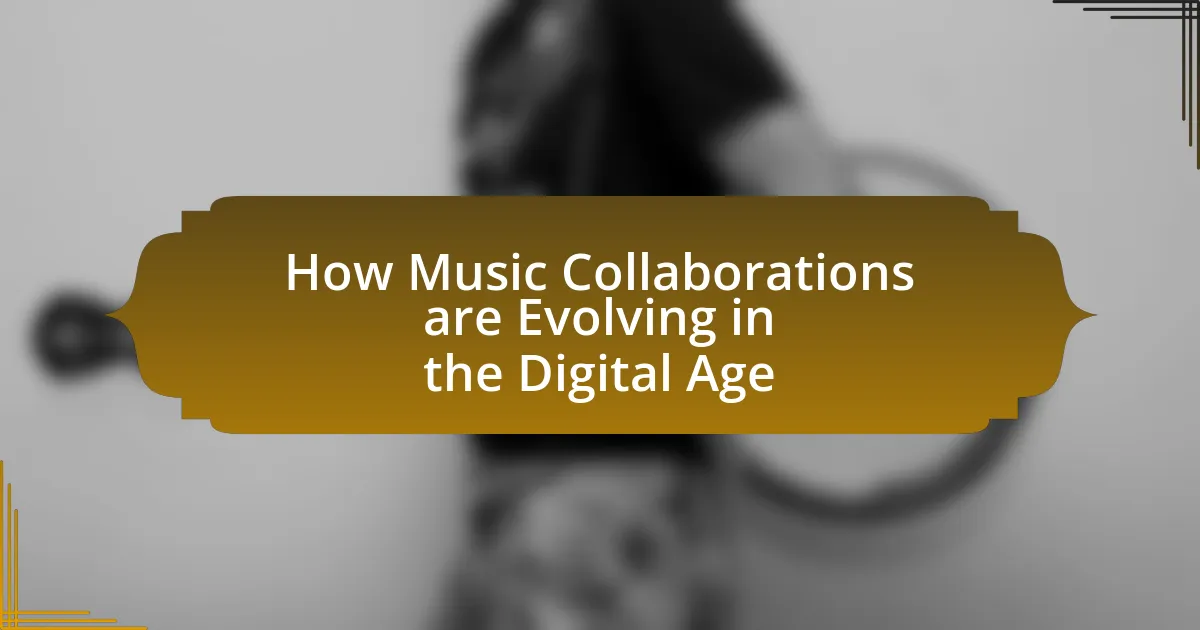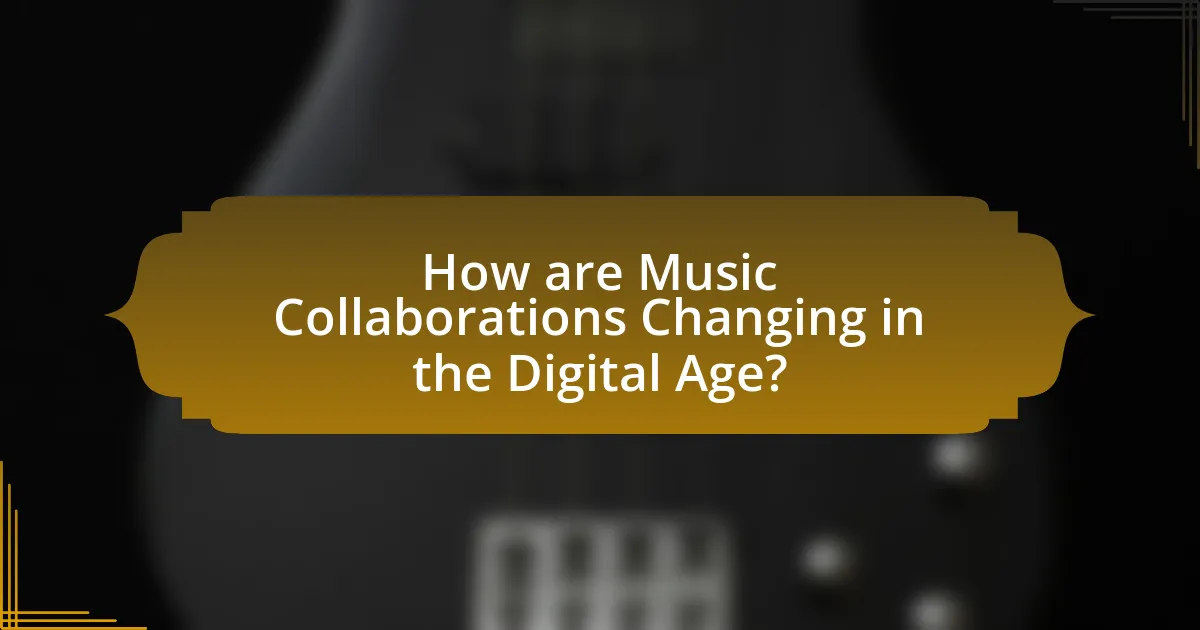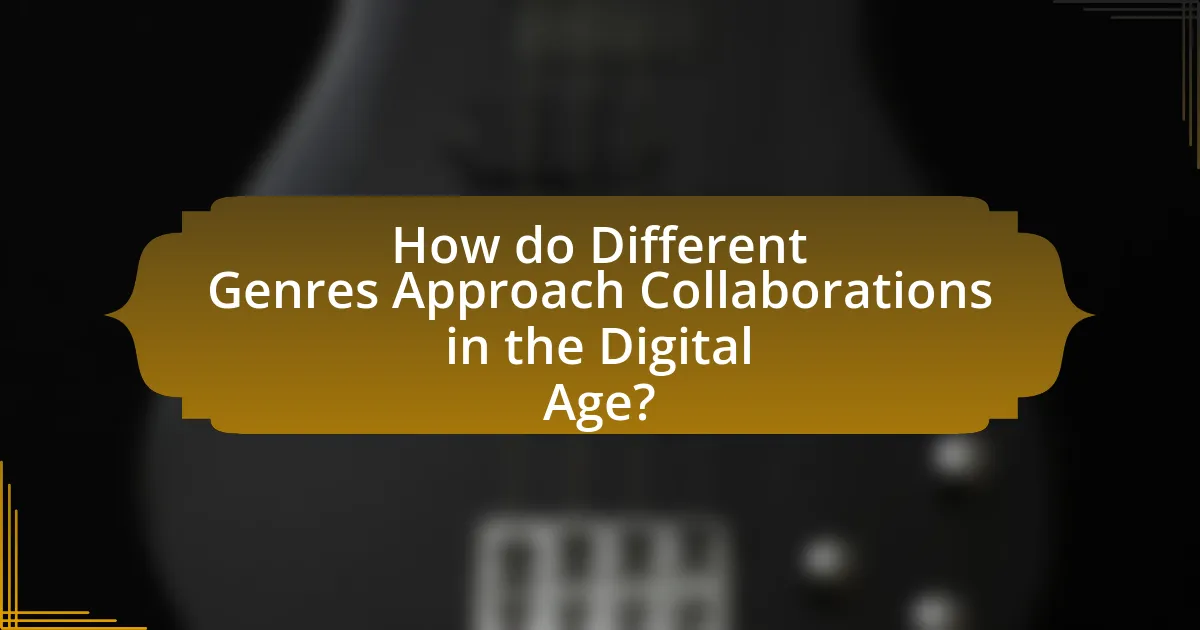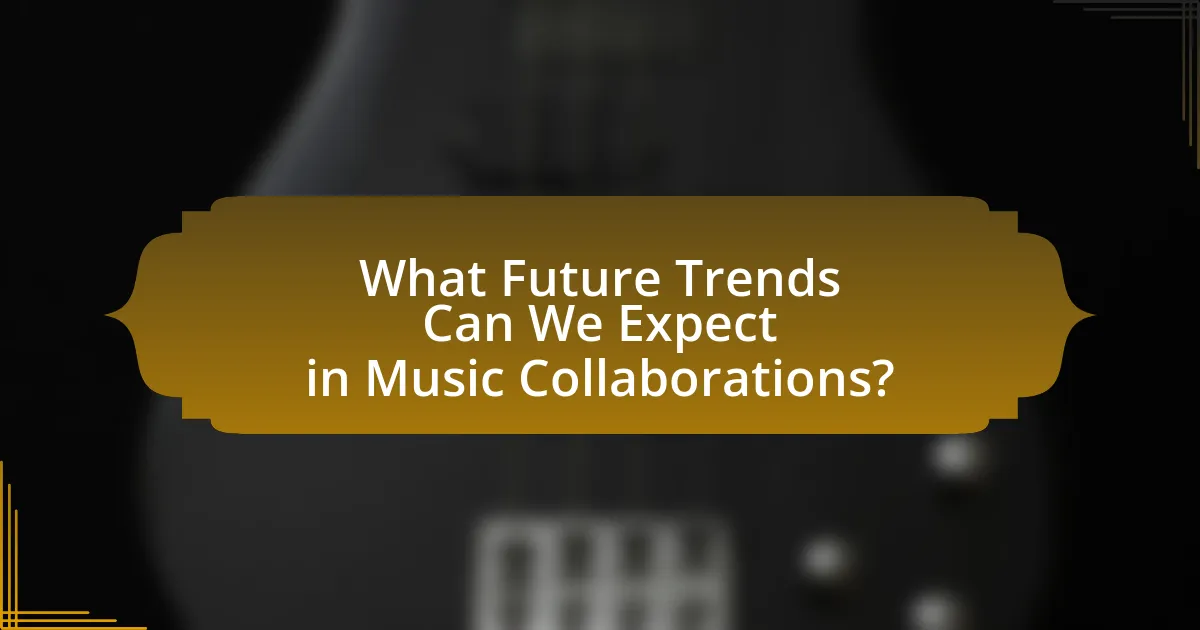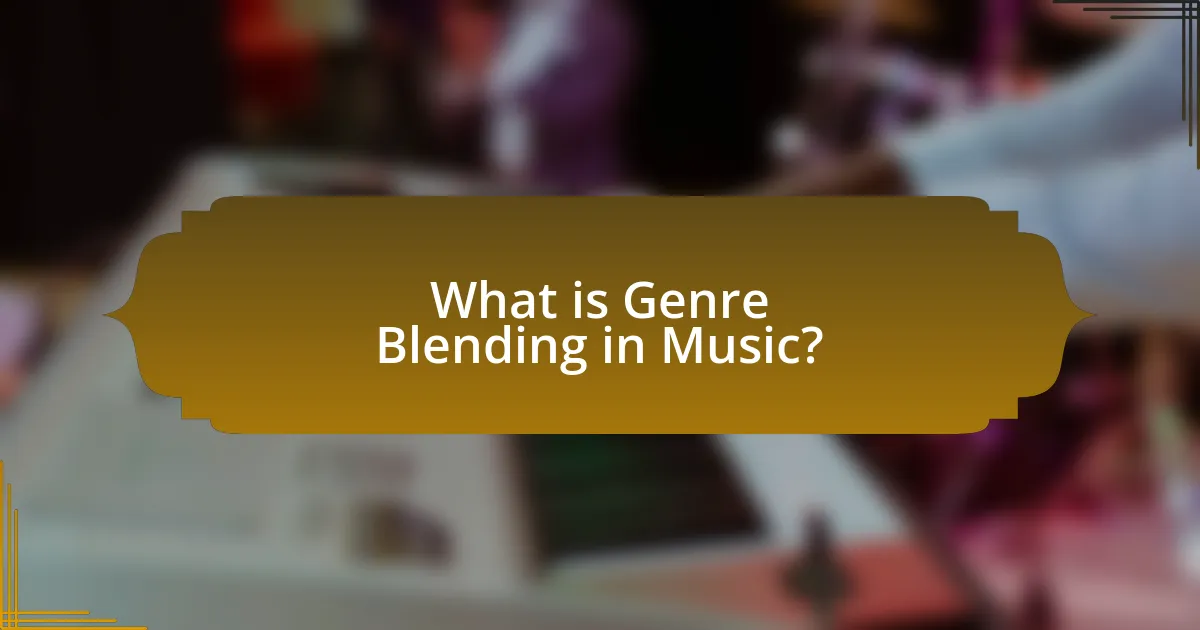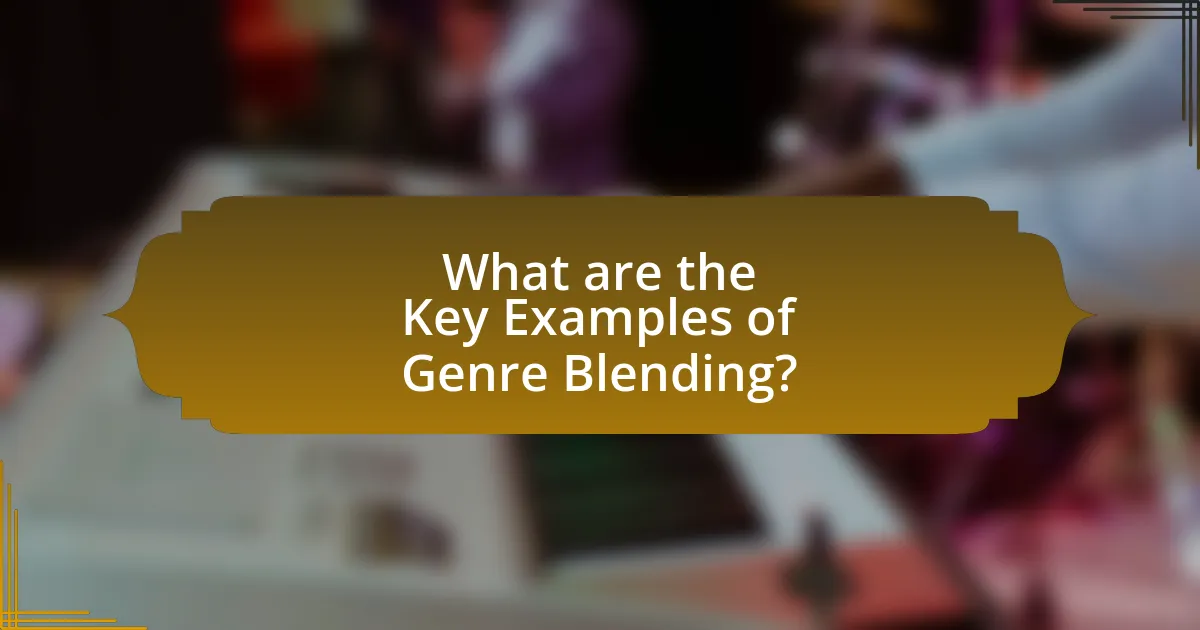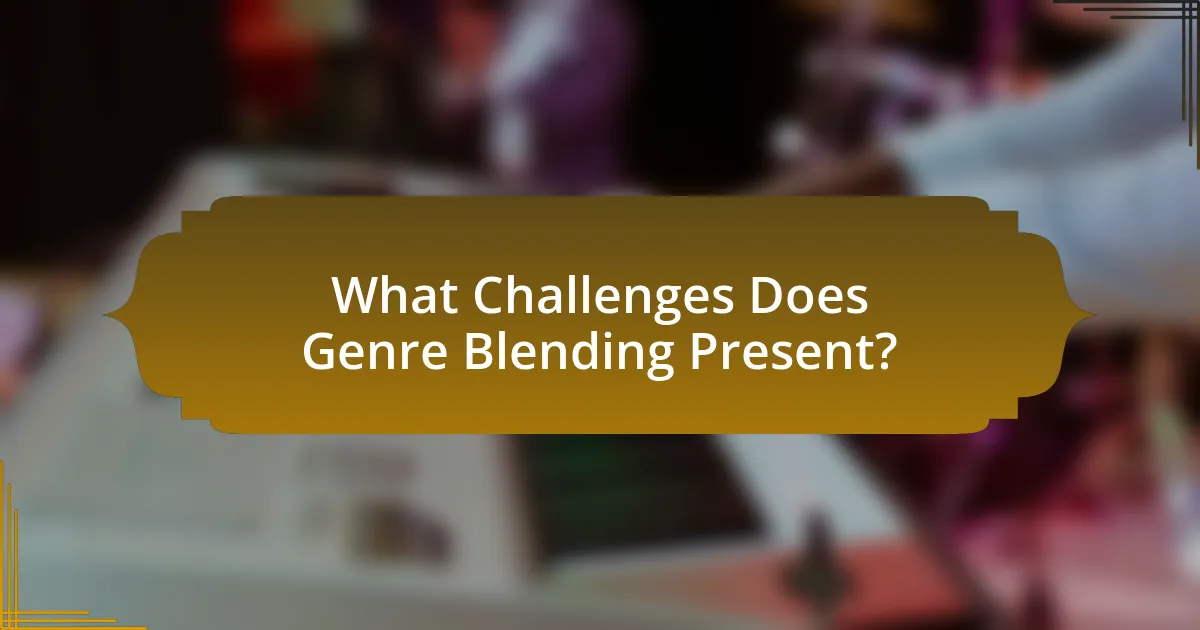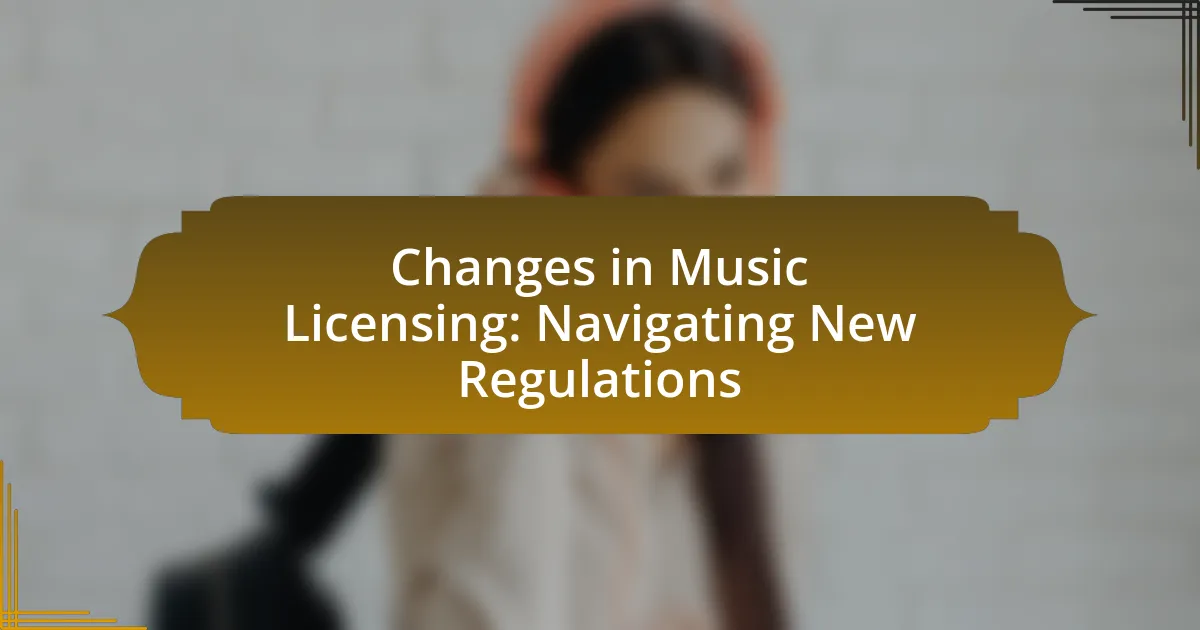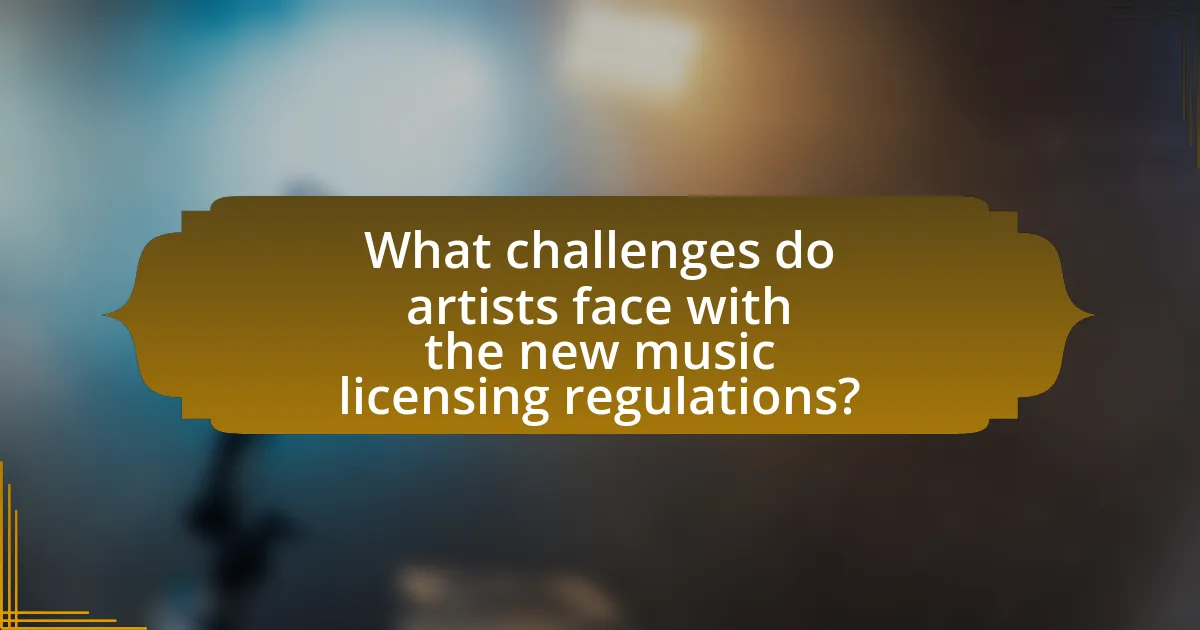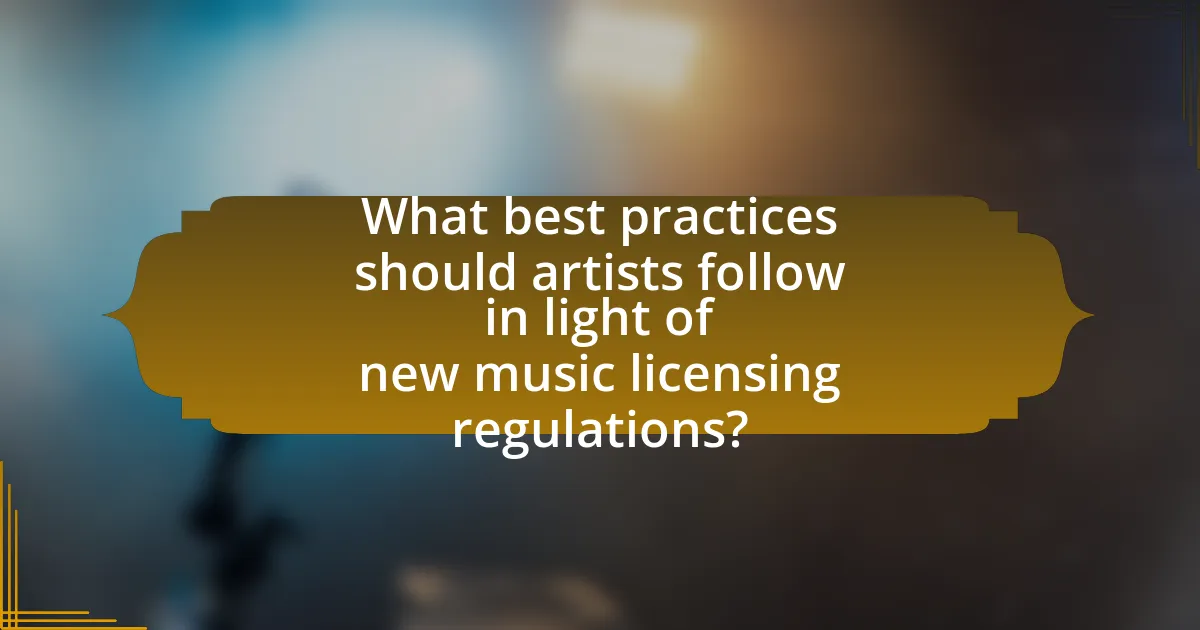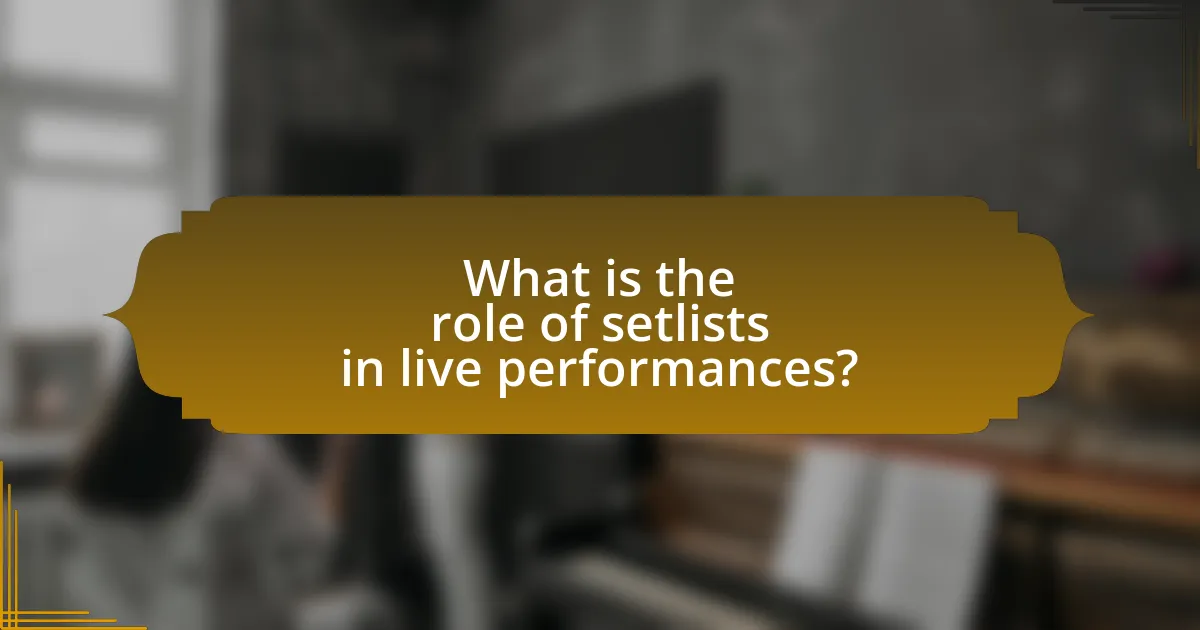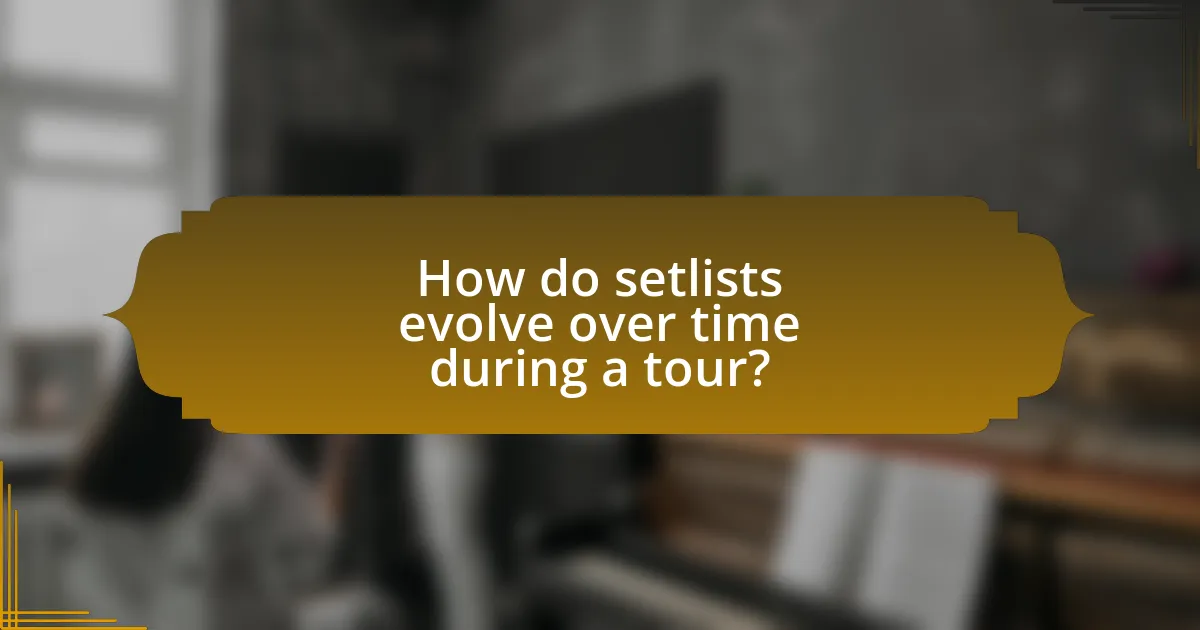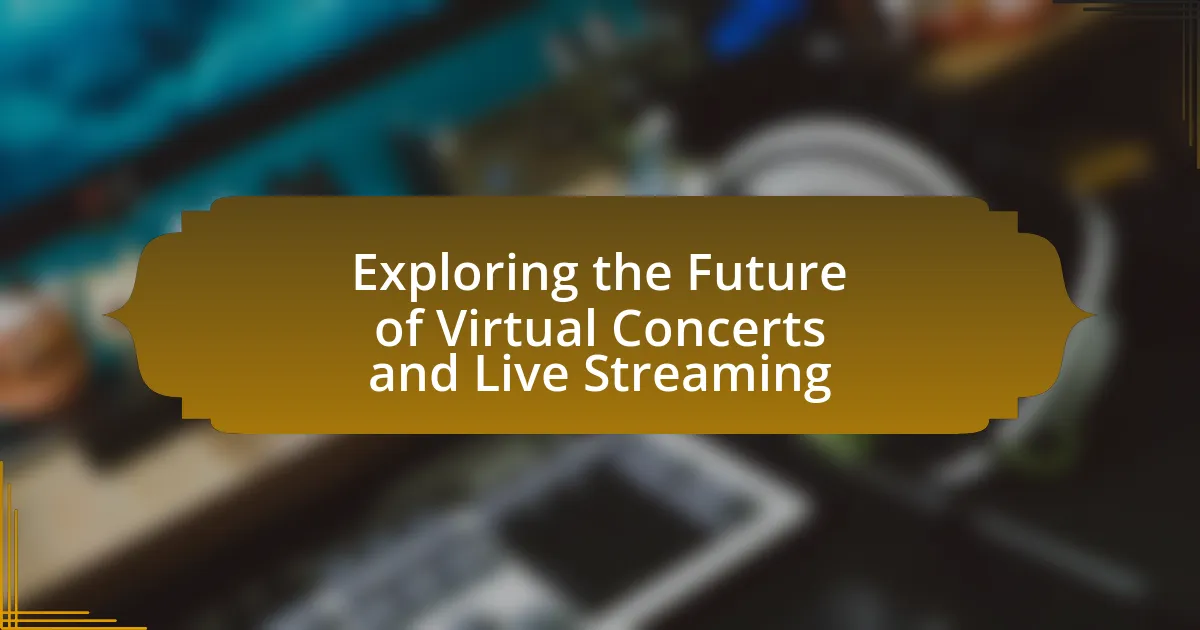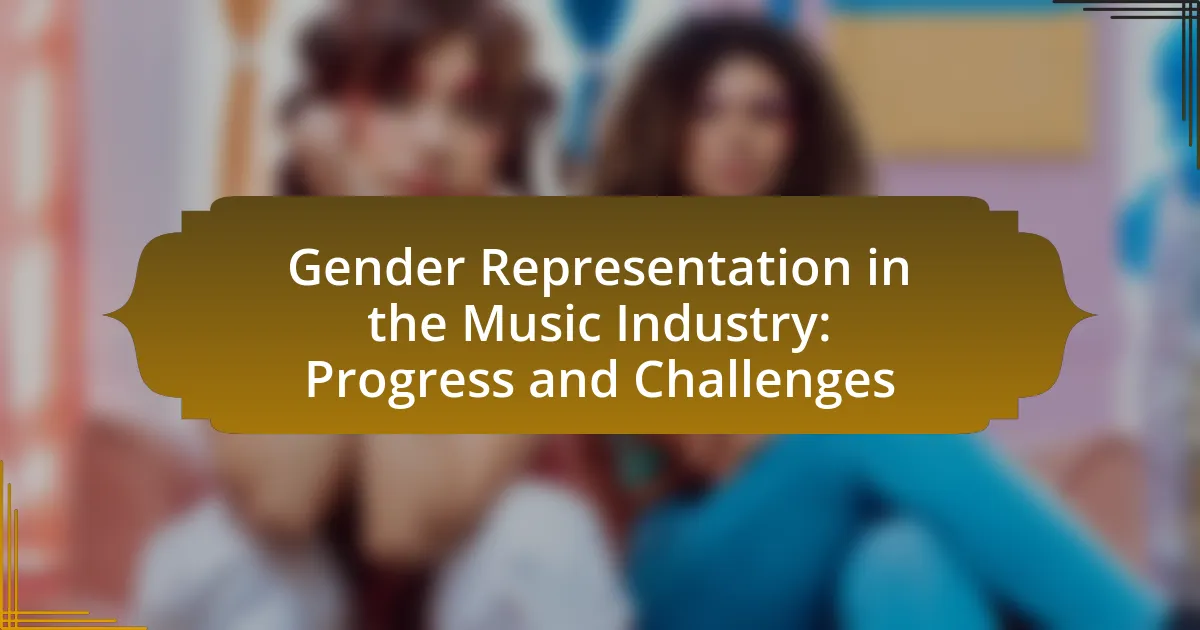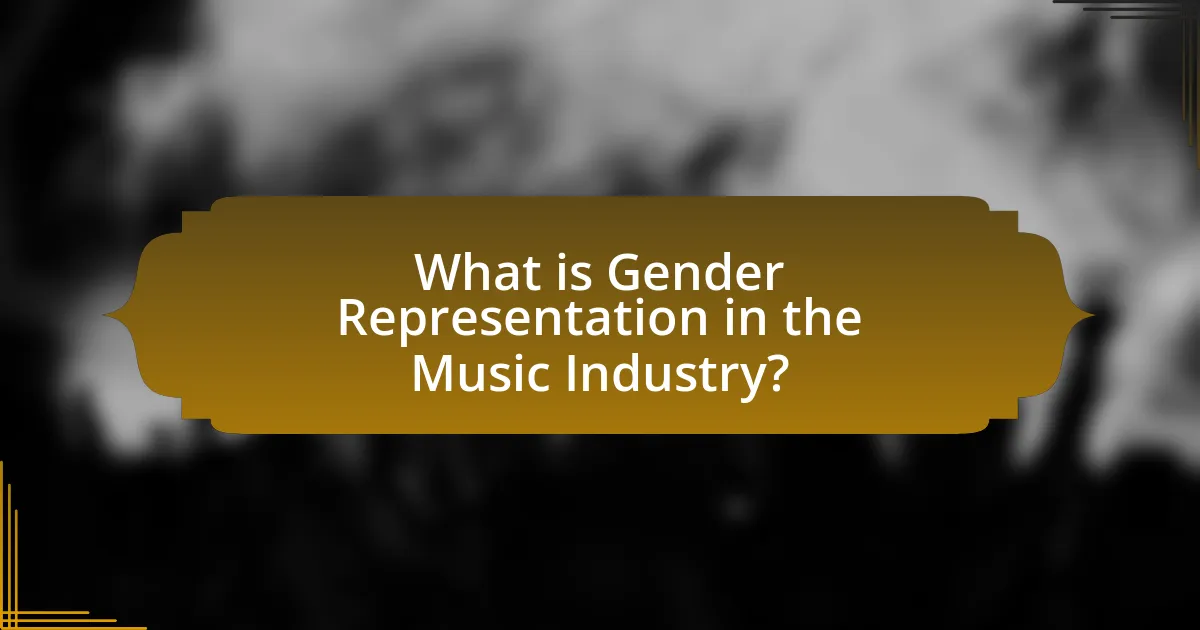The article examines the impact of streaming services on independent artists, highlighting how platforms like Spotify and Apple Music have democratized music distribution, allowing artists to reach global audiences without traditional label support. It discusses the significant challenges independent musicians face, including low revenue payouts and limited visibility due to algorithmic biases favoring established artists. Additionally, the article explores the opportunities provided by streaming services, such as audience analytics and promotional tools, while outlining best practices for independent artists to optimize their profiles and increase streaming numbers. Overall, it provides a comprehensive overview of the evolving music industry landscape shaped by streaming technologies.
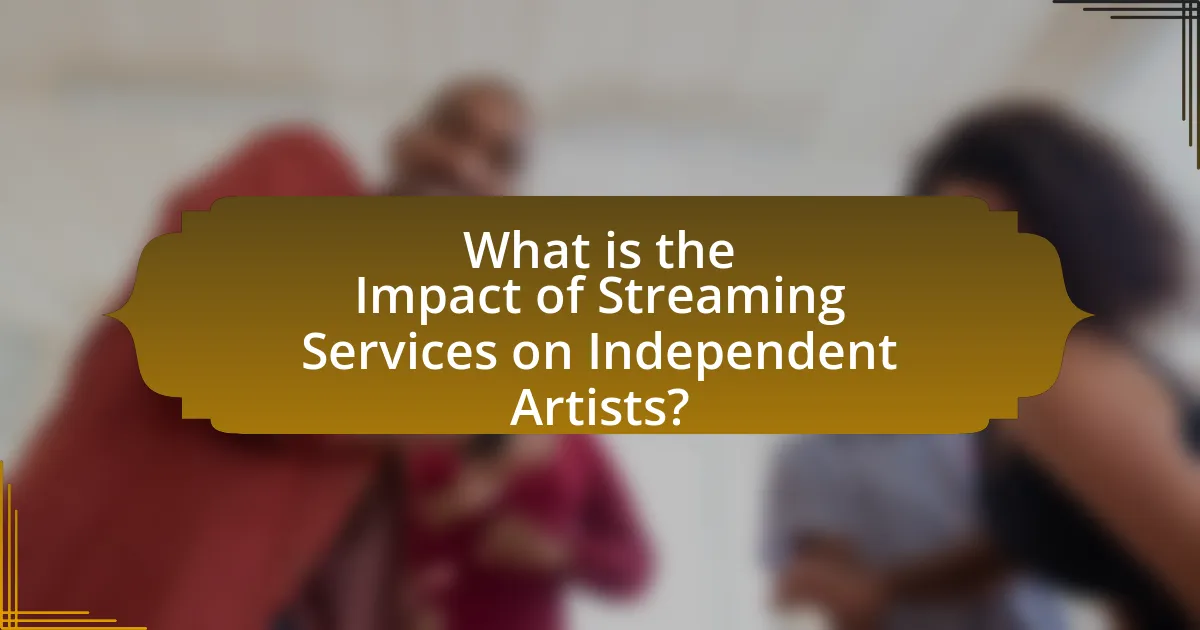
What is the Impact of Streaming Services on Independent Artists?
Streaming services have significantly democratized music distribution for independent artists, allowing them to reach global audiences without traditional label support. These platforms, such as Spotify and Apple Music, provide independent musicians with tools to upload their music directly, bypassing the barriers imposed by record labels. According to a 2021 report by the International Federation of the Phonographic Industry (IFPI), independent artists accounted for 40% of global music consumption, highlighting their growing presence in the industry. Additionally, streaming services offer data analytics that help artists understand their audience better, enabling targeted marketing strategies. However, the revenue model often favors larger labels, as independent artists typically earn a fraction of a cent per stream, which can limit their financial sustainability.
How have streaming services changed the music industry landscape?
Streaming services have fundamentally transformed the music industry landscape by shifting revenue models and altering how artists distribute and promote their music. Previously, physical sales dominated the industry, but the rise of platforms like Spotify and Apple Music has led to a subscription-based model, where artists earn revenue primarily through streaming royalties. According to the Recording Industry Association of America (RIAA), streaming accounted for 83% of the U.S. music industry’s revenue in 2020, highlighting its dominance over traditional sales. This shift has enabled independent artists to reach global audiences without the need for major label support, as they can upload their music directly to these platforms. Consequently, independent artists have gained more control over their careers and revenue streams, allowing for greater creative freedom and direct engagement with fans.
What are the key features of streaming services that affect independent artists?
Key features of streaming services that affect independent artists include revenue distribution models, promotional tools, audience reach, and data analytics. Revenue distribution models often favor major labels, with independent artists receiving a smaller percentage of streaming royalties; for instance, platforms like Spotify pay around $0.003 to $0.005 per stream, which can significantly impact an artist’s income. Promotional tools, such as playlist placements, can enhance visibility for independent artists, but access to these tools is often limited and competitive. Audience reach is crucial, as streaming services provide a global platform, allowing independent artists to connect with listeners worldwide, which can lead to increased fan engagement. Lastly, data analytics offered by streaming platforms enable artists to understand their audience demographics and listening habits, helping them tailor their marketing strategies effectively.
How do streaming services differ from traditional music distribution methods?
Streaming services differ from traditional music distribution methods primarily by offering on-demand access to a vast library of music without the need for physical media. Unlike traditional methods, which often rely on sales of CDs or vinyl records, streaming platforms allow users to listen to music anytime through a subscription or ad-supported model. This shift has led to a significant change in revenue generation; for instance, in 2020, streaming accounted for 83% of the U.S. music industry’s revenue, compared to just 11% from physical sales. Additionally, streaming services provide independent artists with greater exposure and accessibility, enabling them to reach global audiences without the barriers of traditional distribution channels, which often favored major labels.
What challenges do independent artists face with streaming services?
Independent artists face significant challenges with streaming services, primarily due to low revenue payouts and lack of visibility. Streaming platforms typically pay artists a fraction of a cent per stream, which makes it difficult for independent musicians to earn a sustainable income. For instance, a report from the Digital Media Association indicates that the average payout per stream is around $0.004, meaning an artist would need millions of streams to make a living wage. Additionally, independent artists often struggle with discoverability on these platforms, as algorithms tend to favor established artists with larger followings, making it harder for new or lesser-known musicians to gain traction. This combination of low financial returns and limited exposure creates a challenging environment for independent artists trying to succeed in the music industry.
How do revenue models of streaming services impact independent artists?
Revenue models of streaming services significantly impact independent artists by determining their earnings and exposure. Streaming platforms typically operate on a pro-rata model, where artists receive a fraction of the total revenue based on the number of streams, which often results in low per-stream payouts. For instance, Spotify pays artists an average of $0.003 to $0.005 per stream, making it challenging for independent musicians to sustain a living solely from streaming income. Additionally, the reliance on algorithms for playlist placements can limit visibility for independent artists, as they often lack the marketing resources that major labels provide. This creates a disparity in opportunities, where artists with larger followings or label backing receive more exposure, further complicating the landscape for independent creators.
What barriers to entry exist for independent artists on streaming platforms?
Independent artists face several barriers to entry on streaming platforms, including high competition, lack of visibility, and financial constraints. The sheer volume of content uploaded daily makes it challenging for new artists to stand out, as established artists often dominate playlists and recommendations. Additionally, many streaming platforms utilize algorithms that favor popular tracks, further limiting exposure for independent musicians. Financially, independent artists may struggle with the costs associated with production, marketing, and distribution, which can hinder their ability to effectively promote their music on these platforms. According to a 2021 report by the Music Industry Research Association, over 70% of independent artists reported difficulties in gaining traction on streaming services due to these factors.
What opportunities do streaming services provide for independent artists?
Streaming services provide independent artists with significant opportunities for exposure, distribution, and revenue generation. These platforms allow artists to reach global audiences without the need for traditional record label support, enabling them to share their music widely. For instance, services like Spotify and Apple Music have millions of active users, which increases the likelihood of independent artists gaining listeners and followers. Additionally, streaming services often offer tools for artists to analyze their audience demographics and engagement, helping them tailor their marketing strategies effectively. Furthermore, independent artists can earn royalties from streams, with platforms like Spotify paying approximately $0.003 to $0.005 per stream, allowing for potential income generation as their listener base grows.
How can independent artists leverage streaming platforms for exposure?
Independent artists can leverage streaming platforms for exposure by utilizing playlist placements, engaging with listeners through social media, and promoting their music via targeted marketing strategies. Playlist placements on platforms like Spotify and Apple Music can significantly increase an artist’s visibility, as playlists often have large followings and can introduce new listeners to their music. Engaging with listeners through social media allows artists to build a community and drive traffic to their streaming profiles, enhancing their reach. Additionally, targeted marketing strategies, such as using ads on social media or collaborating with influencers, can effectively promote their music to specific audiences, leading to increased streams and fan engagement. According to a 2021 report by the International Federation of the Phonographic Industry, 70% of music listeners discover new music through streaming playlists, highlighting the importance of this strategy for independent artists.
What role do playlists and algorithms play in promoting independent artists?
Playlists and algorithms significantly enhance the visibility of independent artists by curating music that aligns with listener preferences. Streaming platforms like Spotify and Apple Music utilize algorithms to analyze user behavior, which allows them to create personalized playlists that feature independent artists alongside mainstream ones. For instance, Spotify’s “Discover Weekly” playlist has been reported to increase streams for featured independent artists by up to 30%, demonstrating the effectiveness of algorithm-driven exposure. Additionally, playlists curated by both the platform and users can lead to increased follower counts and engagement, further promoting independent artists in a competitive market.
How do streaming services influence the creative process of independent artists?
Streaming services significantly influence the creative process of independent artists by providing them with immediate access to a global audience and real-time feedback. This access allows artists to experiment with their sound and style, knowing they can quickly gauge listener reactions through metrics such as streaming counts and social media engagement. For instance, a study by MIDiA Research in 2021 found that 70% of independent artists reported using streaming data to inform their creative decisions, indicating a direct correlation between streaming analytics and artistic direction. Additionally, the democratization of music distribution through platforms like Spotify and Bandcamp enables independent artists to release music without traditional gatekeepers, fostering greater creative freedom and innovation.
What feedback mechanisms exist for independent artists on streaming platforms?
Independent artists on streaming platforms can receive feedback through user-generated comments, social media interactions, and analytics tools provided by the platforms. User-generated comments allow listeners to express their opinions directly on tracks, while social media interactions enable artists to engage with fans and gather insights about their music. Additionally, analytics tools, such as Spotify for Artists and Apple Music for Artists, provide data on listener demographics, streaming numbers, and engagement metrics, helping artists understand their audience and refine their work. These mechanisms collectively facilitate a feedback loop that can guide independent artists in their creative and marketing strategies.
How do streaming services affect the production and release of music?
Streaming services significantly influence the production and release of music by altering how artists distribute their work and engage with audiences. These platforms enable independent artists to bypass traditional record labels, allowing for direct access to listeners and greater control over their music. For instance, in 2020, over 60% of music consumption in the U.S. came from streaming, demonstrating its dominance in the industry. This shift encourages artists to produce music more frequently and experiment with shorter formats, as they can release singles or EPs without the constraints of a full album. Additionally, streaming services provide valuable data analytics, helping artists understand listener preferences and tailor their production accordingly.
What are the best practices for independent artists using streaming services?
Independent artists should focus on building a strong online presence and engaging with their audience to maximize their success on streaming services. This includes consistently releasing high-quality music, utilizing social media platforms for promotion, and actively interacting with fans to foster a loyal community. According to a 2021 report by MIDiA Research, independent artists who engage with their audience on social media see a 30% increase in streaming numbers compared to those who do not. Additionally, artists should leverage playlists by submitting their music to curators, as being featured can significantly boost visibility; Spotify reported that over 60% of listeners discover new music through playlists. By implementing these strategies, independent artists can effectively navigate the streaming landscape and enhance their reach.
How can independent artists optimize their profiles on streaming platforms?
Independent artists can optimize their profiles on streaming platforms by ensuring they have complete and accurate information, including high-quality images, engaging bios, and links to social media. A complete profile increases visibility and attracts more listeners, as platforms often prioritize well-maintained profiles in search results and recommendations. Additionally, artists should regularly update their profiles with new releases and promotional content, as consistent engagement can lead to higher streaming numbers. According to a study by the Music Industry Research Association, profiles with updated content see a 30% increase in listener engagement compared to stagnant profiles.
What strategies can independent artists employ to increase their streaming numbers?
Independent artists can increase their streaming numbers by leveraging social media marketing, collaborating with other artists, and utilizing playlist placements. Social media platforms like Instagram, TikTok, and Twitter allow artists to engage directly with their audience, share content, and promote new releases, which can lead to increased visibility and streaming. Collaborating with other artists can introduce their music to new fan bases, enhancing reach and potential streaming numbers. Additionally, getting featured on popular playlists can significantly boost an artist’s exposure; for instance, Spotify’s editorial playlists have been shown to increase streams by up to 300%. These strategies, when effectively implemented, can lead to a substantial increase in streaming numbers for independent artists.
